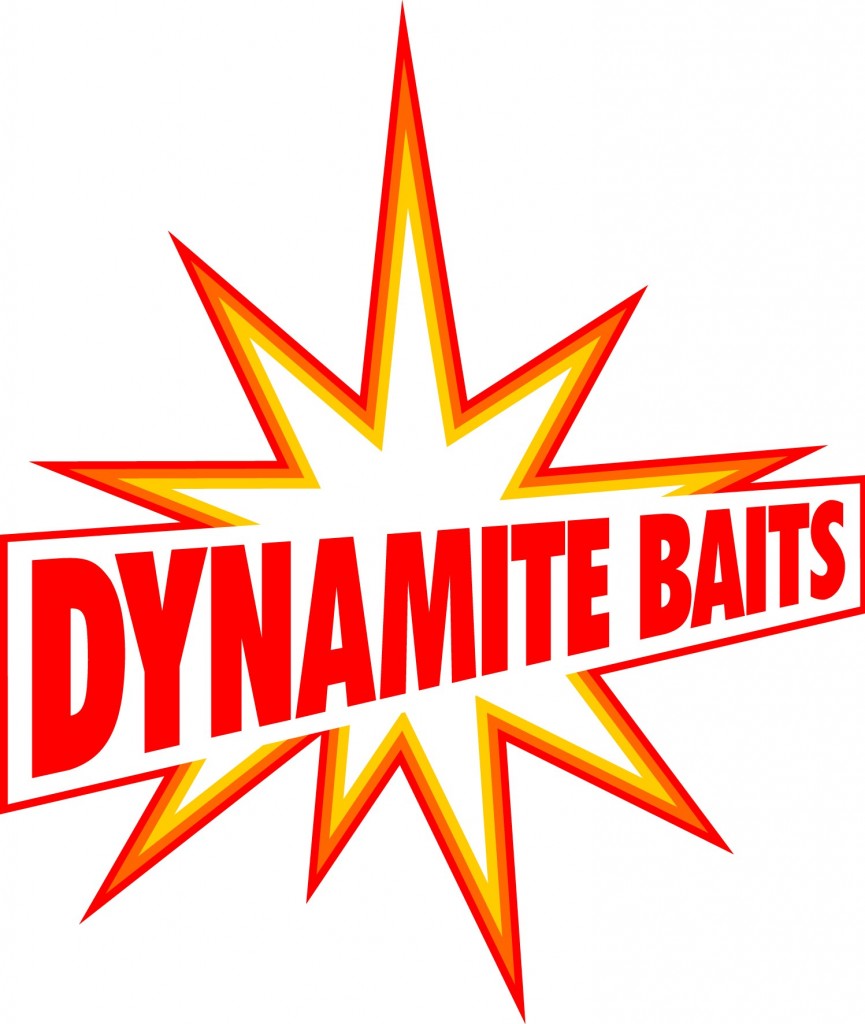The Chubposted on 8 February 2015 | posted in Hints and TipsLatin name: Leuciscus cephalus Record weight: 8lb 10z, taken by P. Smith from the River Wear in 1994. Distribution: Found in England, except Cornwall, South Wales, and Southern Scotland. In Europe chub can be found from Scandinavia to Italy. Not reared as a food fish, so not as widely distributed as some other coarse fish. Features: A thick-set fish with brandy coloured flanks, grey tail and pinkish fins. The main feature of the chub is the rounded head and large mouth. Chub can be distinguished from the closely related dace by examining the anal fin. The anal fin of the chub is convex, whereas that of the dace is concave. The mouth of the dace is also much smaller than that of the chub. Diet: Chub will eat just about anything that they can fit into their mouths. The diet of small fish is made up of small zooplankton, particularly cladocera. As the chub grow they widen their range of foods to include tiny thrips (a small fly that they catch from the water surface), chironomids and bryazoans. By the time the chub reaches a pound in weight they will eat anything from fruit to fish, although their main diet is made up of caddis larvae and freshwater shrimp. Spawning: If you look at shallow gravel riffle between the beginning of May and mid-June you will find shoals of chub readying themselves for spawning. Chub tend to spawn during the early morning when the females, chased by the smaller males, move up into water only just deep enough to cover them. The female releases her eggs onto the surface of the gravel, where they are fertilised by the males. The eggs hatch in around four days and the young fish drift downstream until they reach shallow slacks. Growth: Despite their voracious appetites, chub are a relatively slow growing species. It can take 6-10 years for the chub to reach a pound in weight and a specimen of five pounds may be twenty or more years old. Chub can live for 25 years, and probably nearer 30 and unlike most coarse fish they will continue to grow in length for almost all of their lives. Methods of capture. Float fished baits tend to have the better results as Chub prefer a moving bait to a fixed. A stick float used in experienced hands can be deadly, hold back slightly and allowing the bait to be carried through the swim mid-water to just above or trundling along the bottom. Legered baits can and often work well especially in the winter months when the fish are more reluctant to chase food, even then the Chub is still active and some good results can be had. Fish in open, gravel runs sided by weed or close to even under overhanging trees using maggots, worms, bread, corn, castors or small cubes of luncheon meat with steady feeding of loose samples. For the large specimens try a small deadbait such as a minnow or large bread-flake.
Tip: "Deadly method on my local river is liquidised bread in a cage feeder with a large piece of bread flake on a 1 foot hooklink, 5lb main line with a size 6 hook on 3lb hooklink this method works for me...most of the time....at night l use cheese on a size 6 hook on a hair rig....or meat scores well.. |








.jpg)
.jpg)


 On the evening of Tuesday 11th March 2003, a new British Freshwater Fish record was smashed at Lea Valley Angling's Dobbs Weir Fishery by Tim Archer from Hemel Hempstead. Tim landed the massive 8 lb 13 oz chub from the weir pool just as everyone was packing up.
On the evening of Tuesday 11th March 2003, a new British Freshwater Fish record was smashed at Lea Valley Angling's Dobbs Weir Fishery by Tim Archer from Hemel Hempstead. Tim landed the massive 8 lb 13 oz chub from the weir pool just as everyone was packing up. 


